This project involves high voltages (which can kill you quickly), dangerous dust (which can kill you slowly), and any number of other ways you can hurt yourself. Please be careful and don't say I didn't warn you.
That being said, it works pretty well as is much cheaper than the commercial equivalent.
 Daren Schwenke
Daren Schwenke
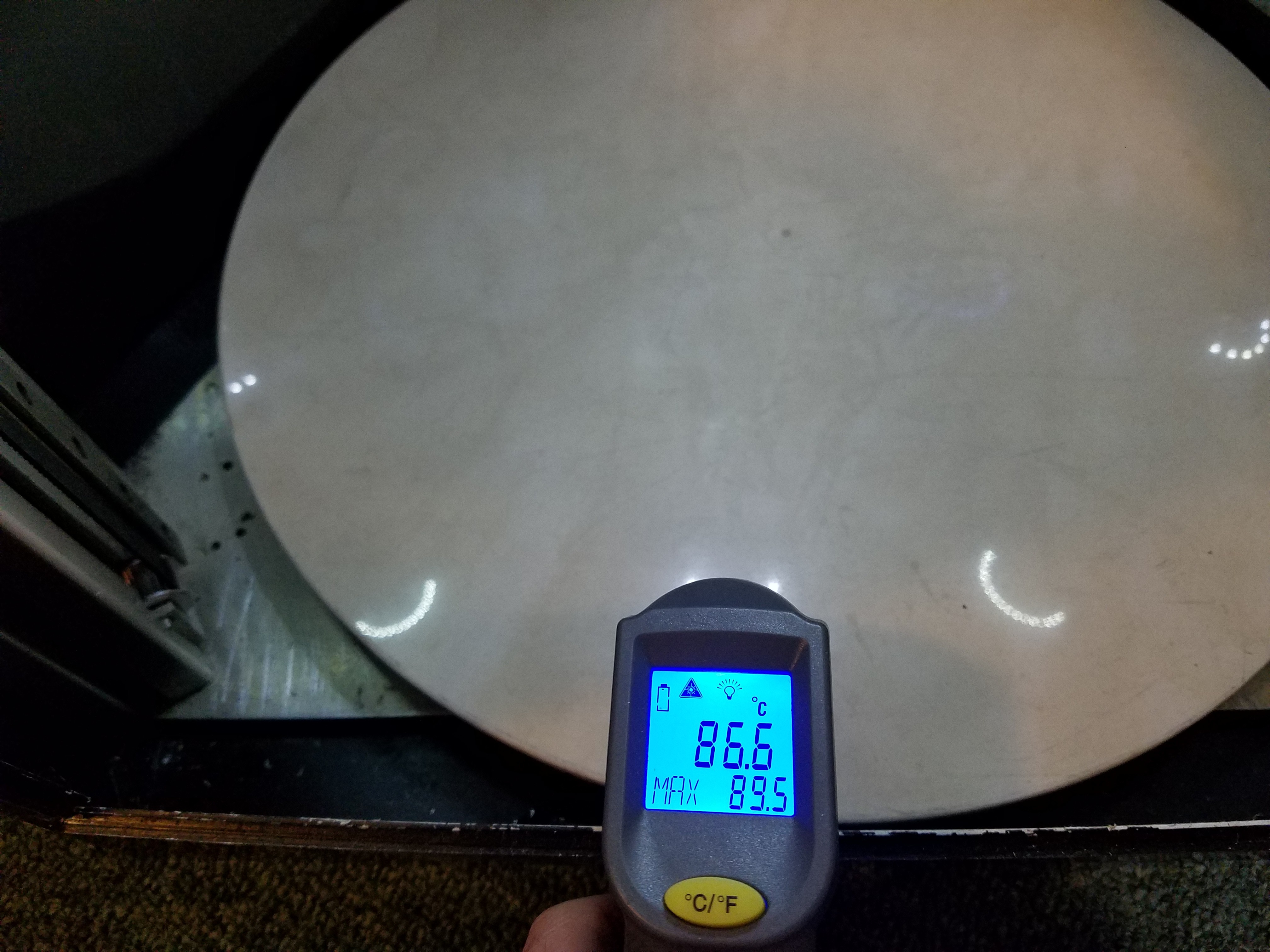

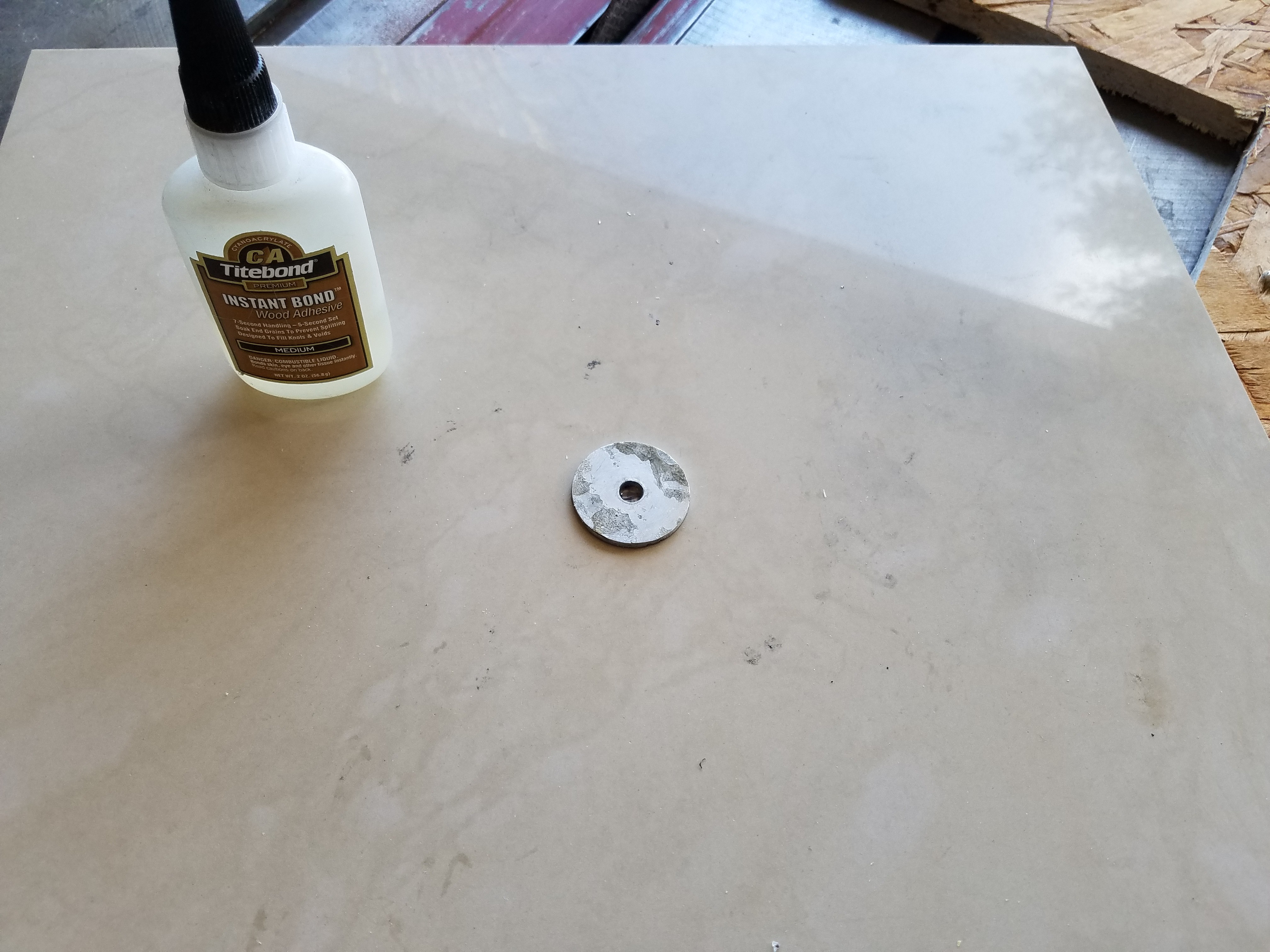
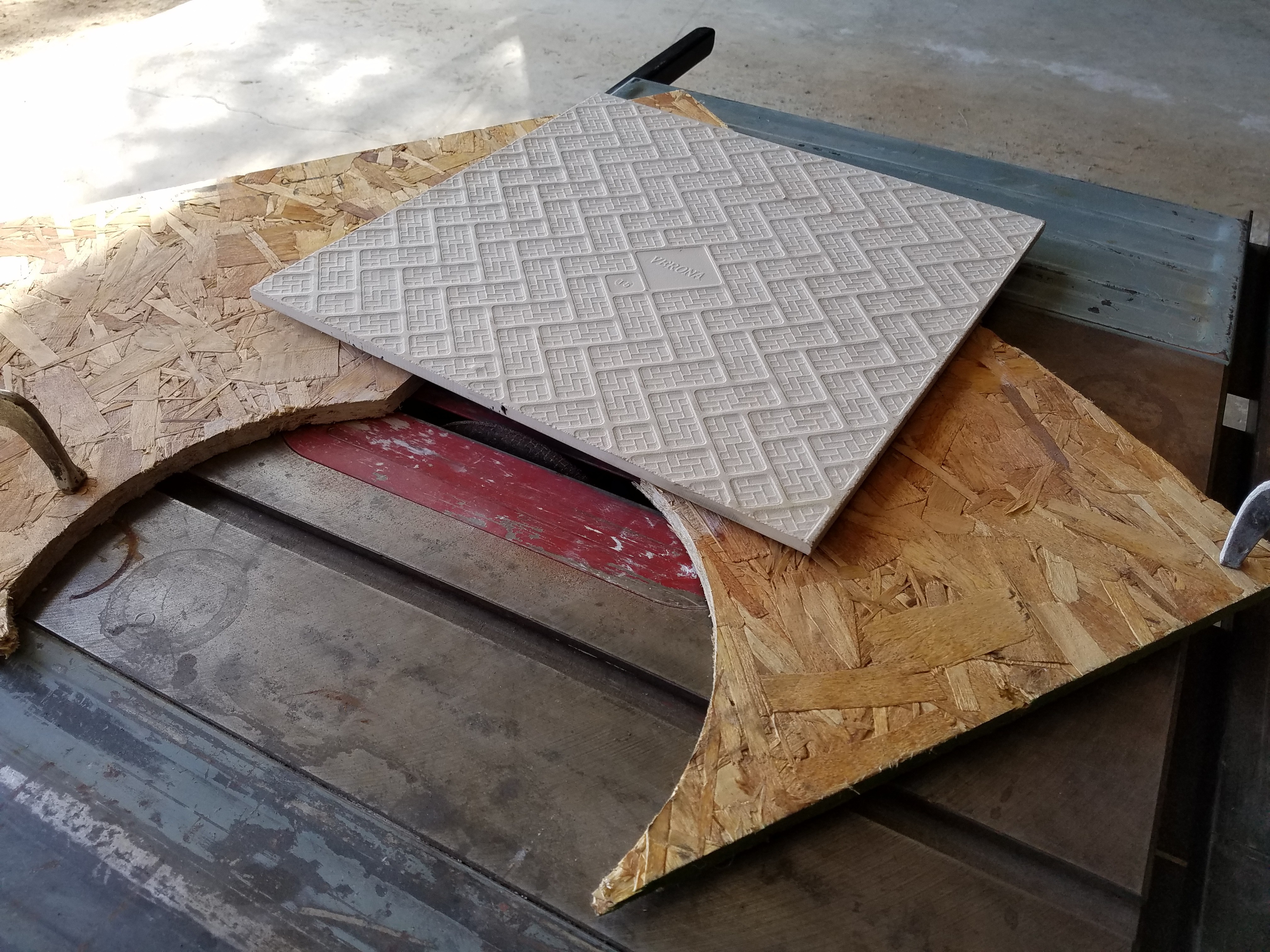
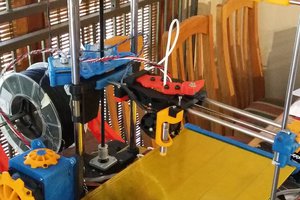
 RenierM
RenierM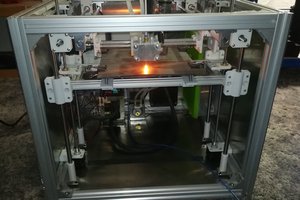
 Dominik Meffert
Dominik Meffert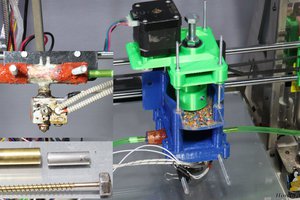
 Norbert Heinz
Norbert Heinz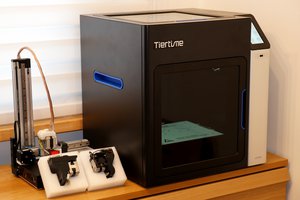
 megahercas6
megahercas6